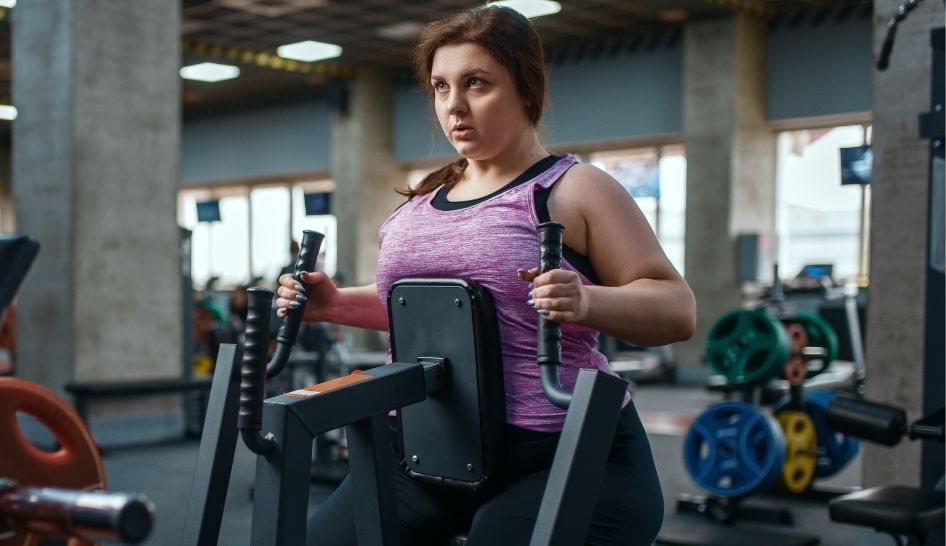To counter the misconceptions and negative news—and mark health clubs as essential businesses—IHRSA is meeting with medical and health policy experts to get their view on the matter. This article is the second installment in a series in which we will share expert opinions from medical, science, and public health professionals focusing on:
- exercising safely in clubs during a pandemic,
- how gyms play a significant role in keeping people healthy, and
- the overall health benefits of exercise.
We recently spoke with Greg Degnan, M.D., medical director of the Atlantic Coast Athletic Clubs (acac), to get his expert advice on the subject.
The Value of Health Clubs
We’ve said it before, but we’ll repeat it: health and fitness clubs can help the nation get through the pandemic and come out stronger—literally.
“I have always believed physical activity should be part of every healthcare strategy,” says Degnan. “[The fitness industry is] actually part of the healthcare continuum. We’re doing what healthcare has failed to do—we are helping people prevent and treat chronic disease without drugs or surgery.”
As someone who is over the age of 60 and immunocompromised, Degnan has more than his medical background in mind when speaking on the health implications coronavirus can cause and how physical activity can make a difference.
Degnan says some of the diseases that regular exercise can be a beneficial treatment for—or even prevent—include:


